geography
Bombo Lumene sits on the ancient Kalahari sands sand-dune system, making up the southern tip of the greater Bateke Plateau which runs from the DRC through the Republic of Congo and into Gabon. The average altitude in Bombo Lumene is around 600 meters. It is made up of 350,000 hectares of land characterised by open and wooded savannas, and gallery forests typical of the Bateke Plateau landscape. The gallery forests occur along the reserve’s major rivers: Bombo, Lumene, and Lufimi. The Bombo and Muti-mutiene rivers make up the western border, while the Lufimi river makes up the eastern border. Between the Bombo and Lumene rivers lies the section of land originally designated as a reserve in 1976, and between the Lumene and Lufimi rivers lies the old hunting domain created in 1968. The rivers flow South to North and eventually feed into the mighty Congo River.
geography
Bombo Lumene sits on the ancient Kalahari sands sand-dune system, making up the southern tip of the greater Bateke Plateau which runs from the DRC through the Republic of Congo and into Gabon. The average altitude in Bombo Lumene is around 600 meters. It is made up of 350,000 hectares of land characterised by open and wooded savannas, and gallery forests typical of the Bateke Plateau landscape. The gallery forests occur along the reserve’s major rivers: Bombo, Lumene, and Lufimi. The Bombo and Muti-mutiene rivers make up the western border, while the Lufimi river makes up the eastern border. Between the Bombo and Lumene rivers lies the section of land originally designated as a reserve in 1976, and between the Lumene and Lufimi rivers lies the old hunting domain created in 1968. The rivers flow South to North and eventually feed into the mighty Congo River.
geography
Bombo Lumene sits on the ancient Kalahari sands sand-dune system, making up the southern tip of the greater Bateke Plateau which runs from the DRC through the Republic of Congo and into Gabon. The average altitude in Bombo Lumene is around 600 meters. It is made up of 350,000 hectares of land characterised by open and wooded savannas, and gallery forests typical of the Bateke Plateau landscape. The gallery forests occur along the reserve’s major rivers: Bombo, Lumene, and Lufimi. The Bombo and Muti-mutiene rivers make up the western border, while the Lufimi river makes up the eastern border. Between the Bombo and Lumene rivers lies the section of land originally designated as a reserve in 1976, and between the Lumene and Lufimi rivers lies the old hunting domain created in 1968. The rivers flow South to North and eventually feed into the mighty Congo River.
